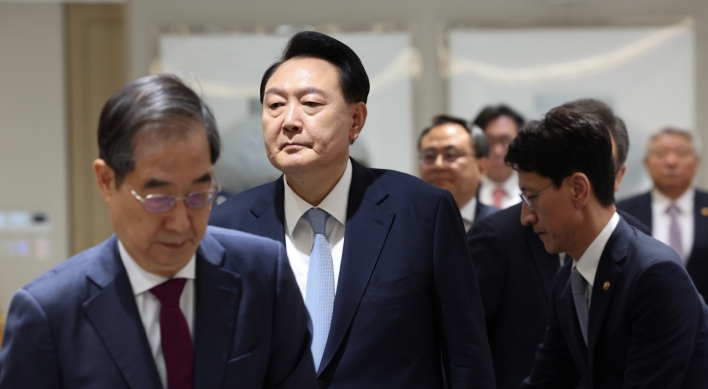[Herald Interview] How Savina Museum of Contemporary Art had a headstart in adapting to coronavirus world
By Park YunaPublished : April 28, 2020 - 09:32
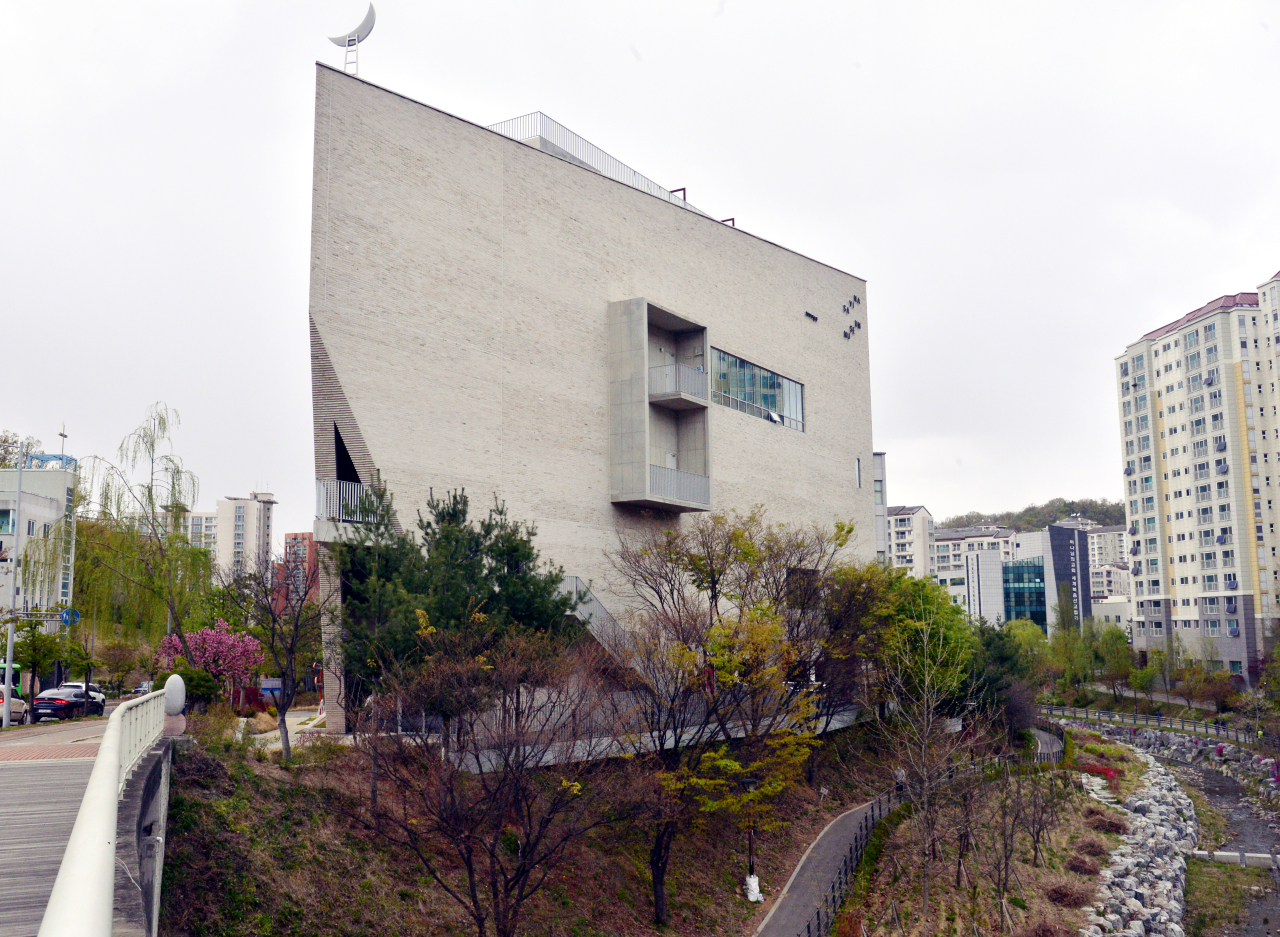
When the coronavirus hit the country earlier this year, art institutions found themselves suddenly having to cater to audiences who were isolating at home and craving cultural experience.
The pandemic was a completely unexpected situation, with many galleries not prepared for weeks and even months of forced closure.
As museums and galleries scrambled to go online to meet the demands of the new reality, Savina Museum of Contemporary Art in Eunpyeong-gu, northern Seoul, stayed calm, carrying on with what it had been doing for the past decade -- bolstering its online offerings.
The museum has archived more than 70 electronic exhibition books and 29 virtual tours of past exhibitions on its website so that anyone can enjoy the exhibitions anytime, anywhere.
When Savina Lee, director of Savina Museum of Contemporary Art, started strengthening the institution‘s digital content about a decade ago, it was to help people enjoy art when they were unable to visit -- a form of public service.
“It requires a lot of labor, as much labor as it takes to publish a single exhibition book. But I could not ignore people’s desire for art,” Lee said during an interview with The Korea Herald held at the museum last Wednesday.
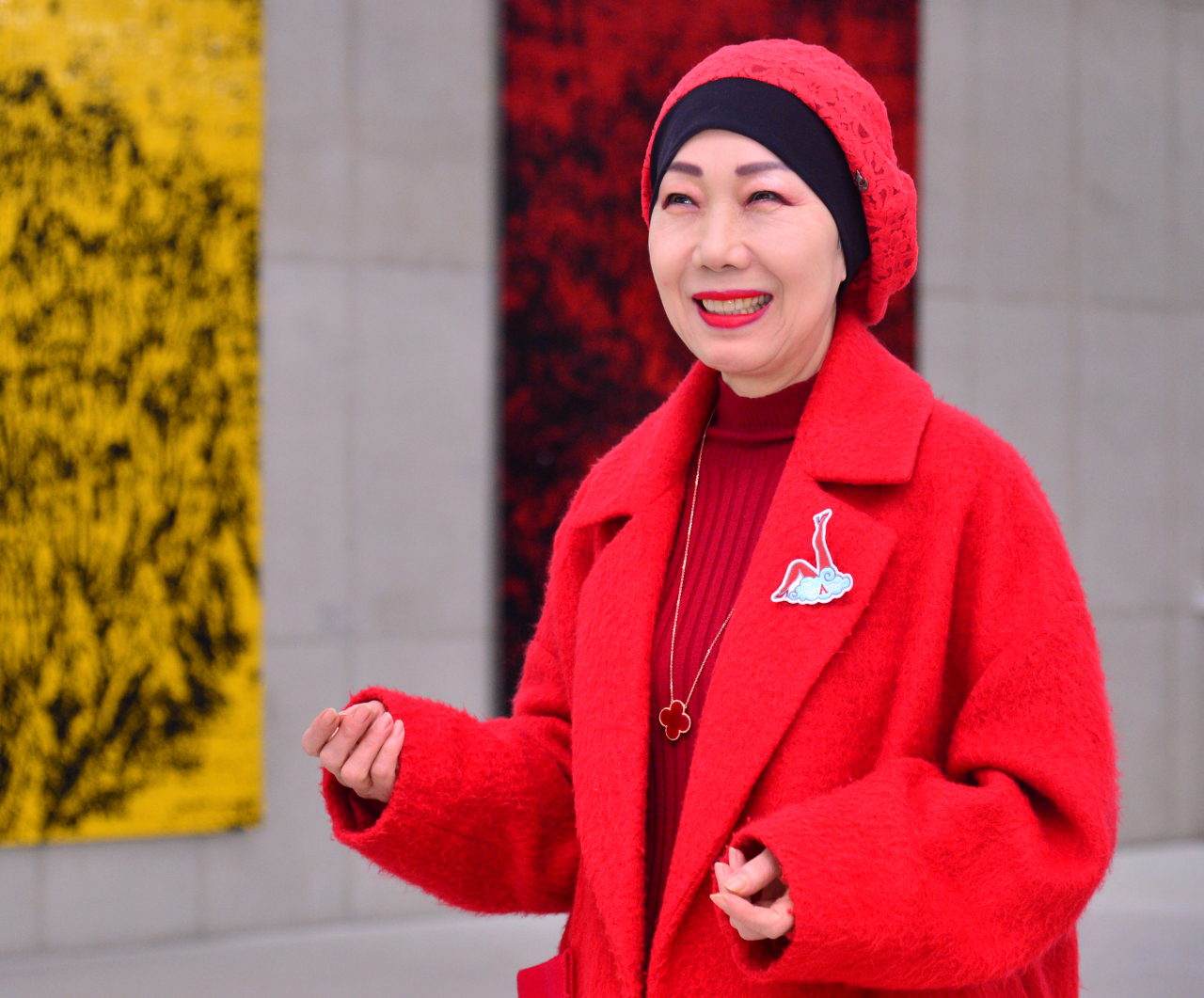
However, she stuck with the digitization project for another reason: Keeping exhibitions permanently in a digital archive so that the museum can better present its own identity. Savina Museum of Contemporary Art is known for experimenting with unique exhibitions, such as last year’s “Na Na Land: It’s My World,” which explores the changes in consciousness and social phenomena around people who discover their true selves.
In 2012, the museum became the first in Korea to join the Google Arts & Culture initiative, an initiative launched to provide virtual experience of the great galleries around the world.
When Lee was elected as the third and fourth director of the Korean Art Museum Association, serving from 2011 to 2016, she stressed the importance of online initiatives, but many of art institutions were skeptical about applying digital technology to museums or galleries.
“Who would have expected a pandemic would halt cultural activities entirely? And how would you guarantee this will not happen again? I think it (digitization) was a little too advanced an idea at the time,” Lee said.
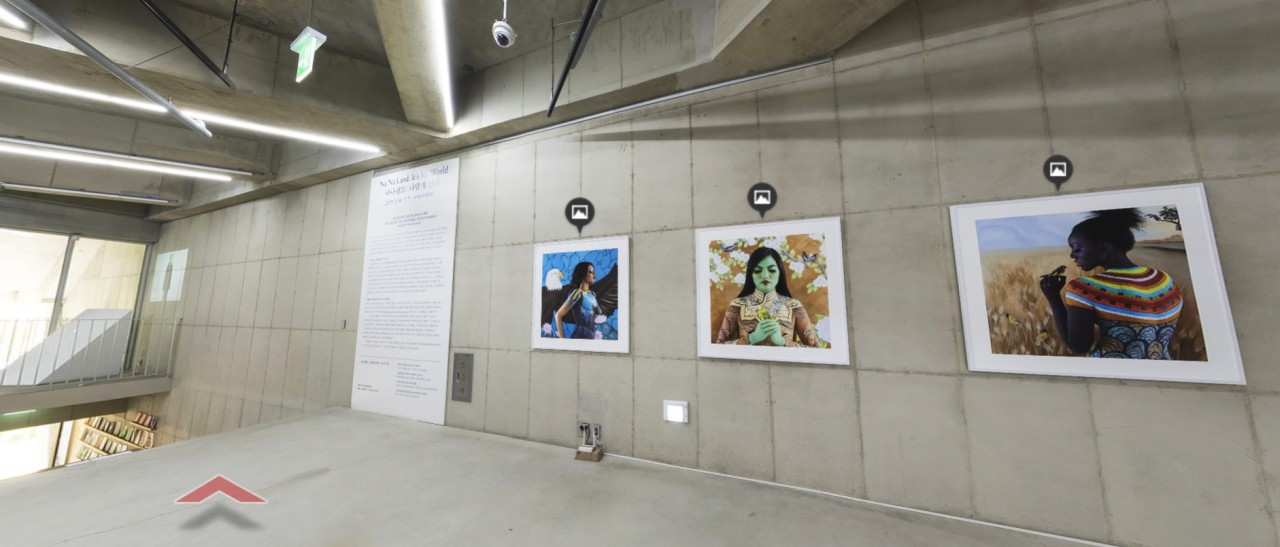
Lee does not think online content can replicate and replace the experience that visitors have in visiting a museum in person. However, she thinks the art world should offer both offline and online content.
“There is definitely aura that a great art piece gives off to the audience when they see it, and digital contents will never provide such an experience,” Lee said. “However, they will be complementary, like making a video call when you can’t meet your family and friends in person,” she added.
For a private museum that gets little financial assistance from the government, digitalization was also a survival strategy.
“As a private museum. we cannot compete against major museums over the same thing. We had to get innovative to survive,” she said.
In another first, Savina Museum of Contemporary Art was the first museum in Korea to adopt a mobile docent service, which is now widely available at art museums.
Running an art institute for the past 25 years -- the museum started as a small gallery in 1996 in Jongno-gu, central Seoul, and became a museum in 2002 -- she has witnessed many changes in Korea’s art world.
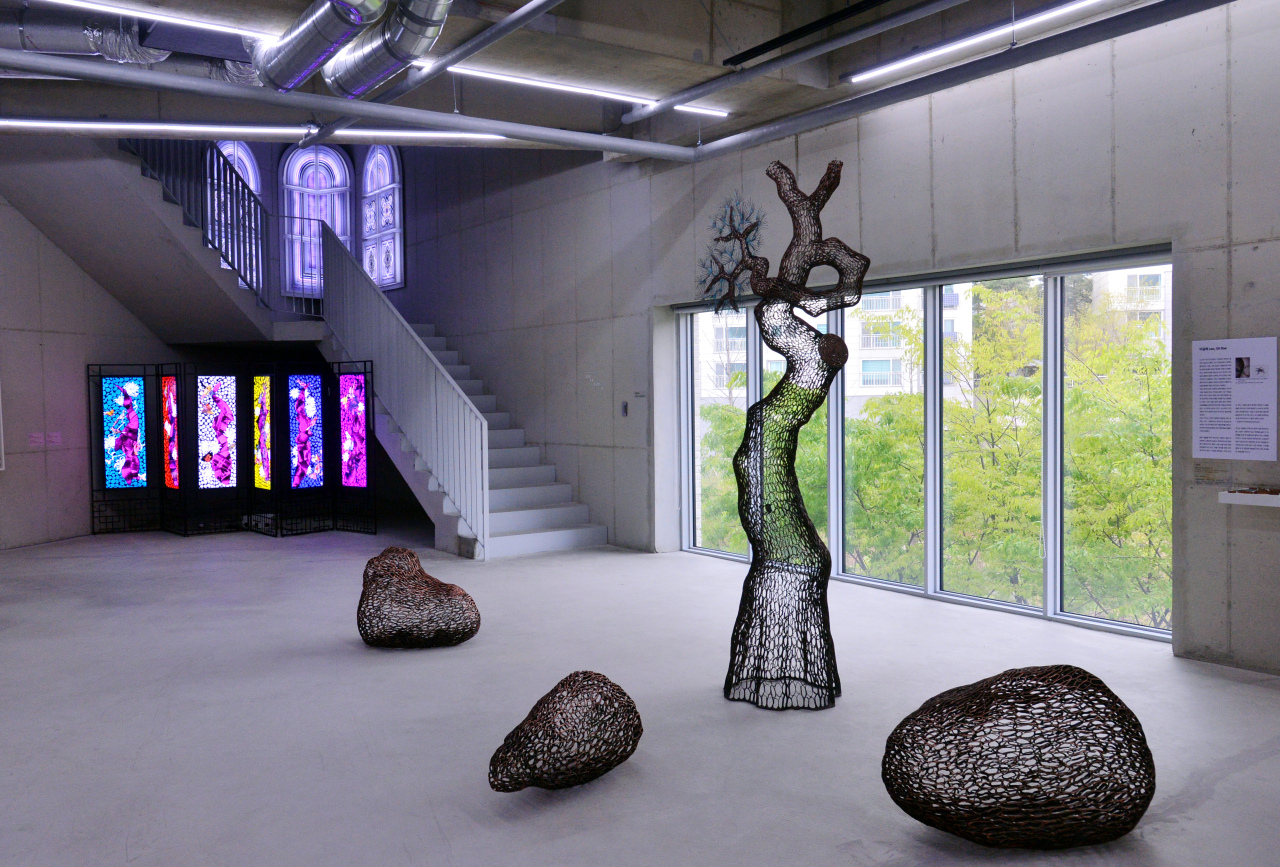
The biggest change is the booming of cultural complexes.
“Now galleries and museums are evolving into places where people can do many things at once -- appreciating artworks, attending small art lectures, watching performances and meeting people at a cafe,” Lee said. “That is what the millennial generation is changing in the art industry.”
However, the art world is slow in adapting to the new demands, according to Lee.
“Many art institutions tend to remain aloof or ‘elegant’ when it comes to dealing in art,” Lee said. “But as a museum, we are providing public goods to the audience. We have to be nimble about what people want and how the world is changing.”
By Park Yuna (yunapark@heraldcorp.com)









![[KH Explains] How should Korea adjust its trade defenses against Chinese EVs?](http://res.heraldm.com/phpwas/restmb_idxmake.php?idx=644&simg=/content/image/2024/04/15/20240415050562_0.jpg&u=20240415144419)




